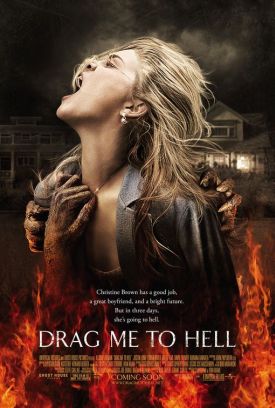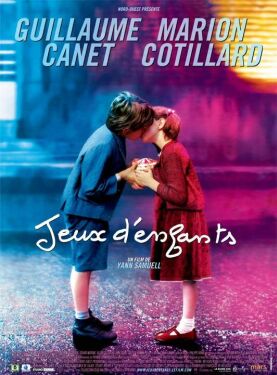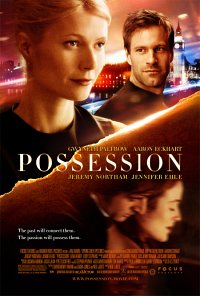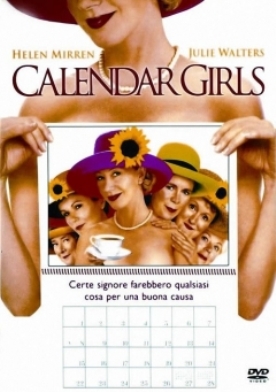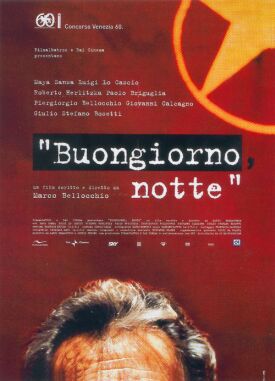Deconstructing Harry
Deconstructing Harry by Woody Allen is like every other Woody Allen movie: a succession of more or less good jokes bound together by an essentially puerile fantasy. Or, in this case, a succession of interlocking fantasies. Harry Block (Mr Allen) is a novelist who is forever mining his chaotic private life for material for his novels. The realization he comes to (what a surprise!) is that he is too neurotic to cope with the real world and so must live through his fantasies. The film begins with one of these fantasies, a very funny scene of an adulterous couple (Richard Benjamin and Julia Louis-Dreyfus) surprised in flagrante by a blind grandmother. It is only when the film cuts to a furious Judy Davis knocking on Mr Block’s door in the dead of night and threatening to shoot him for having told their story, thinly disguised, to the whole world, that we realize that it was a scene from the novel.
From this point on there is a thread of narrative taking us from his disarming of Lucy, Miss Davis’s character, through his attempt to persuade one of his ex-wives (Lucy was only a girlfriend), Joan (Kirstie Alley) to let their son, Hilly, miss a day of school. He wants Hilly to accompany him to Adair University, out of which as a youth he once dropped, which is honoring him on the morrow. Joan says no, so he tries to persuade a friend, Richard (Bob Balaban), and a prostitute, Cookie (Hazelle Goodman), to come with him and share in the big day. They do so, but he also kidnaps Hilly from his school, and the four drive up to Adair together, where they are arrested by an irate Joan and the local police before the honoring ceremony can take place. Harry is bailed out by another friend, Larry (Billy Crystal), who has just married the lovely Fay (Elizabeth Shue)—the girlfriend for whom Harry had left Joan and whom he had wanted to marry.
All this very loose narrative thread must be traced through flashbacks and dramatized scenes from the novels which fill in the background of Harry’s life (it should be called “Constructing” rather than “Deconstructing” Harry) in such a way that most of the real characters also have a fictional double. Sometimes it is hard to tell them apart, and it becomes even more difficult when the fictional characters start turning up in Harry’s real life. Richard Benjamin, as an autobiographical character appears at one point to advise his alter ego. We are also kept busy working out that Julia Louis Dreyfus is the fictional version of Miss Davis’s character, Lucy, Stanley Tucci is another stand-in for Harry, married to Demi Moore, who is a more-Jewish equivalent for Joan, and so forth. Just to complicate things, the Harry-Joan and Stanley-Demi relationships both echo the real Woody Allen’s relationship with Mia Farrow, since they both end with a huge row over the writer’s having slept with one of the psychiatrist’s patients.
Among the all-star cast there are also roles for Robin Williams, Tobey Maguire, Julie Kavner, Mariel Hemingway and others, but the best bit comes in a very funny vignette featuring two old Jewish women called Dolly and Elsie. One tells the other that she heard from Wolf Fishbein that the second woman’s husband, Max, killed his first wife. And his mistress. And two other people. And then he ate them. “Four people he killed in one night with an axe! You know my Max, he can’t even hang a picture.” She confronts him with this information. Max says she hasn’t heard his side. “He kills his family and eats them up and then has a side?” This is Woody Allen going back to his roots, which he doesn’t do often enough.
Less successful is a scene of Harry descending into hell as if it were an old-fashioned department store elevator. He passes floors for muggers and rapists, TV evangelists, right-wing extremists, NRA supporters, “the media” (full up), book critics etc. In the midst of classically infernal scenes Harry meets Billy Crystal as the devil, who greets him warmly. “You want me to turn the air-conditioning on?”
“You got air-conditioning?” asks Harry.
“Sure, it f**** up the ozone layer.”
In the end we can give an easy assent to the moral of the story, that life is for each of us in “how we choose to distort it” without necessarily accepting what, one suspects, is the Woody Allen corollary—which is that he can therefore do whatever he wants.
Discover more from James Bowman
Subscribe to get the latest posts to your email.



